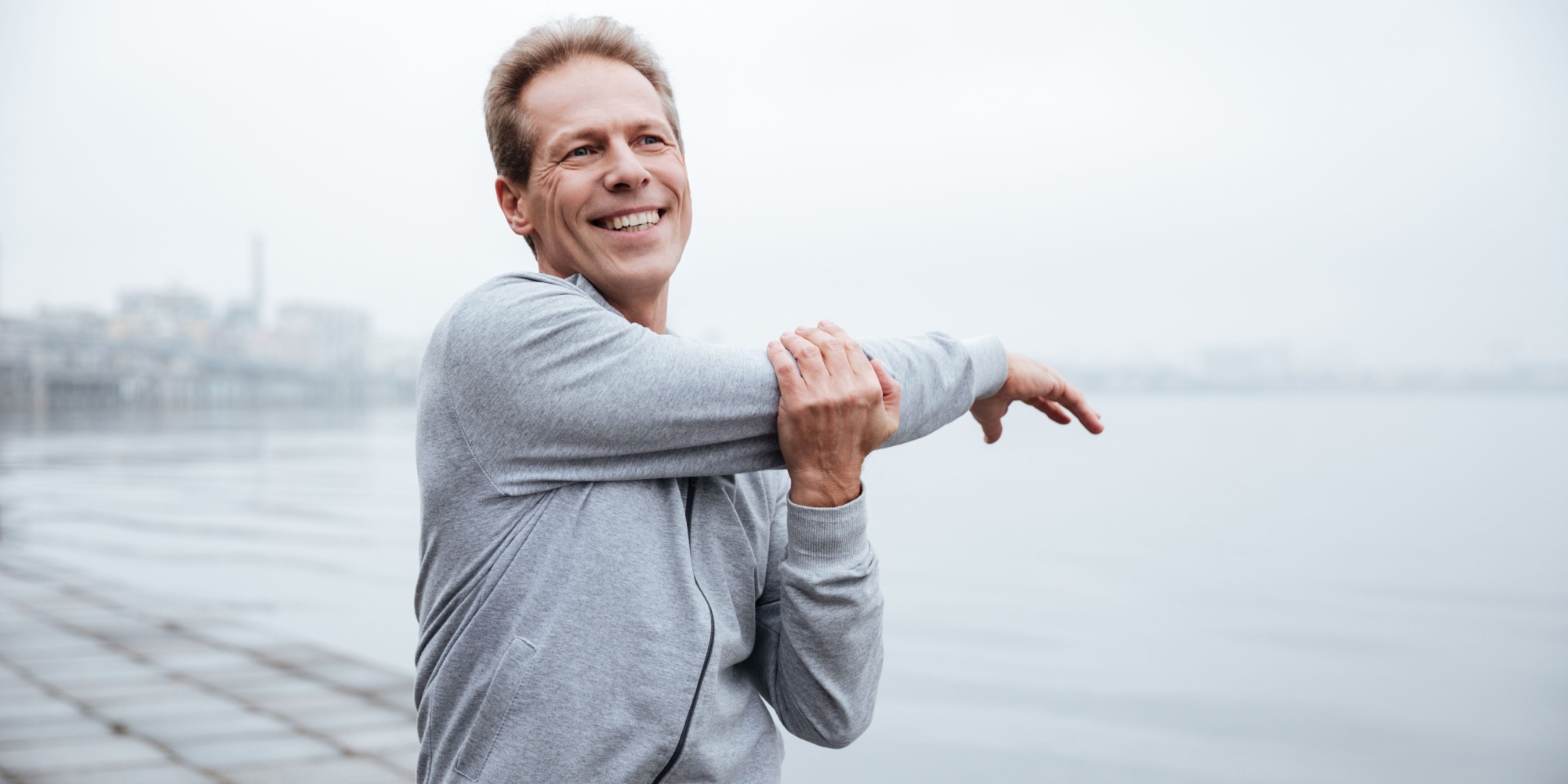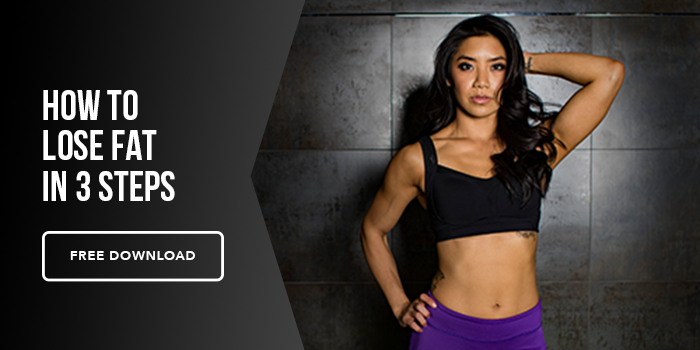They say the best way to avoid back pain is to never turn 40. While arguably a top 10 dad joke, it creates more fear than laughter. This pessimistic way of thinking is often celebrated and normalized in our culture, leading the general population to dread aging and expect the worst.
On the other side of the spectrum, we have people who declare that age is just a number, often accompanied by a meme of a grandma doing a keg stand. Mind Pump plants itself in between these two sentiments. We’re here to assure you that every new candle on the cake isn’t a death sentence, but also to teach you that age does play a factor in how we feel and how we should approach diet and exercise.
Risk/reward ratio
At 40, you’ll want to assess the risk/reward ratio of all your lifts. Let’s say your objective is to build strong quads and remain proficient in your squatting patterns, so you program 12 sets of weekly barbell back squats for optimal results. Someone with an understanding of risk/reward ratios would ask these questions:
Can a different movement give me similar results with less risk?
In many cases, the answer will be yes. For instance, a box squat has unique safety benefits in end ranges, a unilateral exercise requires less axial loading, and a machine squat reduces stability demands and is much safer in later sets when we’re training more fatigued.
Can I do less work and get similar results?
Let’s assume you decide that 12 weekly sets of squats would give you 100% of your results. Now, let’s assume 10 weekly sets of squats would give you 95% of your results but would reduce your risk of injury by 30%.
These numbers are just for the sake of example, and I do admit that quantifying risk and reward would probably require that I paid attention in math class more than I did. But the point isn’t to calculate cold, hard numbers. It’s to critically think about what rewards you want to get from exercise and what risks you want to avoid from exercise. And from there, you can make adjustments to your programming to better set yourself up for success.
Intermittent movement drills
You don’t need to go down the bendy and expensive path of becoming a Yogi to feel good at 40. There’s nothing magical about doing Warrior Pose in a room that’s 100 degrees. But if you do like taking slow, deep breaths in a room that smells like feet, that’s totally fine! Any movement (whether it’s yoga, Pilates, mobility drills, or walking to 7 Eleven to buy a $3 scratcher) will lead to positive health outcomes. If there’s one thing that can immediately change how you feel, it’s this:
For every hour that you sit, incorporate 5 minutes of movement.
Ideally, this movement would take place at the end of every hour. But I understand we can’t all be blog writers free to step away from their job in the middle of a…
…sentence. If you don’t have the luxury of taking small breaks, at least keep track of the time that you’ve been sitting and make up for the missed movement later in the day.
To make staying committed to this habit easier, it’s best to choose a movement that either gives you enjoyment or relates to your goals. Why? Simply put, we are more likely to do things that we enjoy; and we are more likely to adopt a habit that we see directly benefits us.
If you like nature, take a walk outside. If you want to improve the depth of your squat, do ankle and hip mobility drills. Instead of choosing a form of movement because you’ve been told it’s healthy, choose one that you like and that gets you closer to your goals. There’s no right way to move… assuming you’re not leap frogging into traffic.
High protein diet
Whether you want to burn fat, build muscle, control your appetite, or manage blood sugar, protein gets the job done. And as we age it becomes even more important because muscle is harder to gain and retain. When you’re 18, two PB&J’s can fuel a three-hour track practice, a subsequent gym session, and a jog on the beach. The next morning you’d feel great and ready to do it again. 40 isn’t as forgiving. Without adequate protein you’d feel exhausted, sore, and be at risk of injury.
And it’s not just energy and recovery that gets harder with age. Body composition suffers too.
Honestly, those jacked kids bench-pressing 225 in Crocs probably don’t even eat 70 grams of protein a day. But at that age, you have a lot more pathways to muscle growth than protein intake, like higher levels of IGF-1, testosterone, and a host of other anabolic hormones, so the consequences of under-feeding are less pronounced. However, at 40, protein intake and resistance training are just about the only thing we can rely on for muscle retention. Your physiology can’t bail you out anymore.
But it’s not all doom and gloom. Muscle loss isn’t inevitable in our 40s. All research points to muscle loss being the result not of biological age, but rather lifestyle changes. As we get older, we move less, lift less, and eat worse. But if you can address those hurdles there’s nothing stopping you from feeling good at 40.






